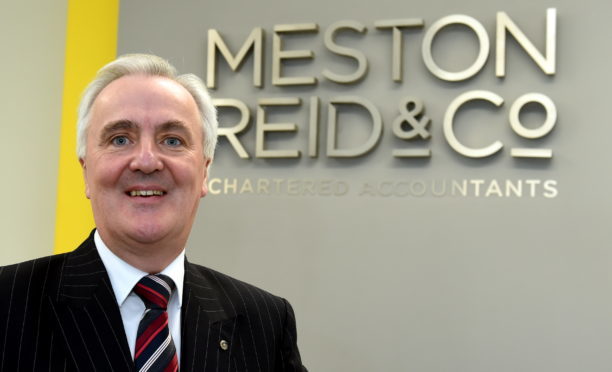Substantial media coverage has been devoted to the collapse of several household names recently.
In most cases of business failure, suppliers are unaware until it is too late. Suppliers will have been delivering goods in ignorance.
By the time an insolvency practioner (IP) is in charge, whether it be an administrator, liquidator or trustee, those who have provided services – such as accountants or lawyers – have little leverage in terms of obtaining payment.
While it is not uncommon for a professional adviser to try to retain company documents by way of a lien for unpaid bills, insolvency legislation provides the IP with power to demand sight of whatever is held – meaning the lien has little tangible value.
Similarly, a utility provider has no leverage for payment because the services have been used. Where there are tangible supplies to a customer a supplier may contact the insolvent company direct with a view to uplifting goods, or route inquiries through the IP.
Consider the following points to be addressed by the IP as soon as they are in office:
• What happens if precise supplies cannot be identified – for example, fuel in a tank, or grain from various producers in the same hopper?
• How do you deal with goods which have been used by the company prior to formal insolvency?
• What will happen if the product is no good to anyone else sich as bags with the customer’s logo?
• How do you deal with goods provided by the supplier when some have been paid for but others have not?
• What happens if a supplier turns up at the premises and agrees to accept other goods not supplied by him as part payment for his debt?
• What if goods are in transit to the customer but not yet received? Can the supplier insist the delivery truck returns to base?
• What happens if the IP has been trading the business following his appointment and goods have been sold which may not have been paid for ?
• How do you deal with goods that are difficult to return such as half-used bottles in a pub optic?
• What if the supplier has not provided current address details and does not hear of the formal insolvency until a week later?
The first week of a formal insolvency often creates substantial interest from suppliers who think a retention of title claim applies.
The first point of action is to look at documented terms and conditions of trading between the parties, such as purchase orders, invoices or delivery notes.
In many cases, IPs will have a chance prior to their appointment to assess who might have a valid retention of title claim.
It may be worth paying suppliers if ongoing trading will generate a profit.
Just because a company has entered formal insolvency, it does not mean goods must be returned in all circumstances.
If there is any doubt about goods belonging to a supplier, they can be put to one side until the issue has been resolved.
By Michael JM Reid, licensed insolvency practitioner and partner of Meston Reid & Co
